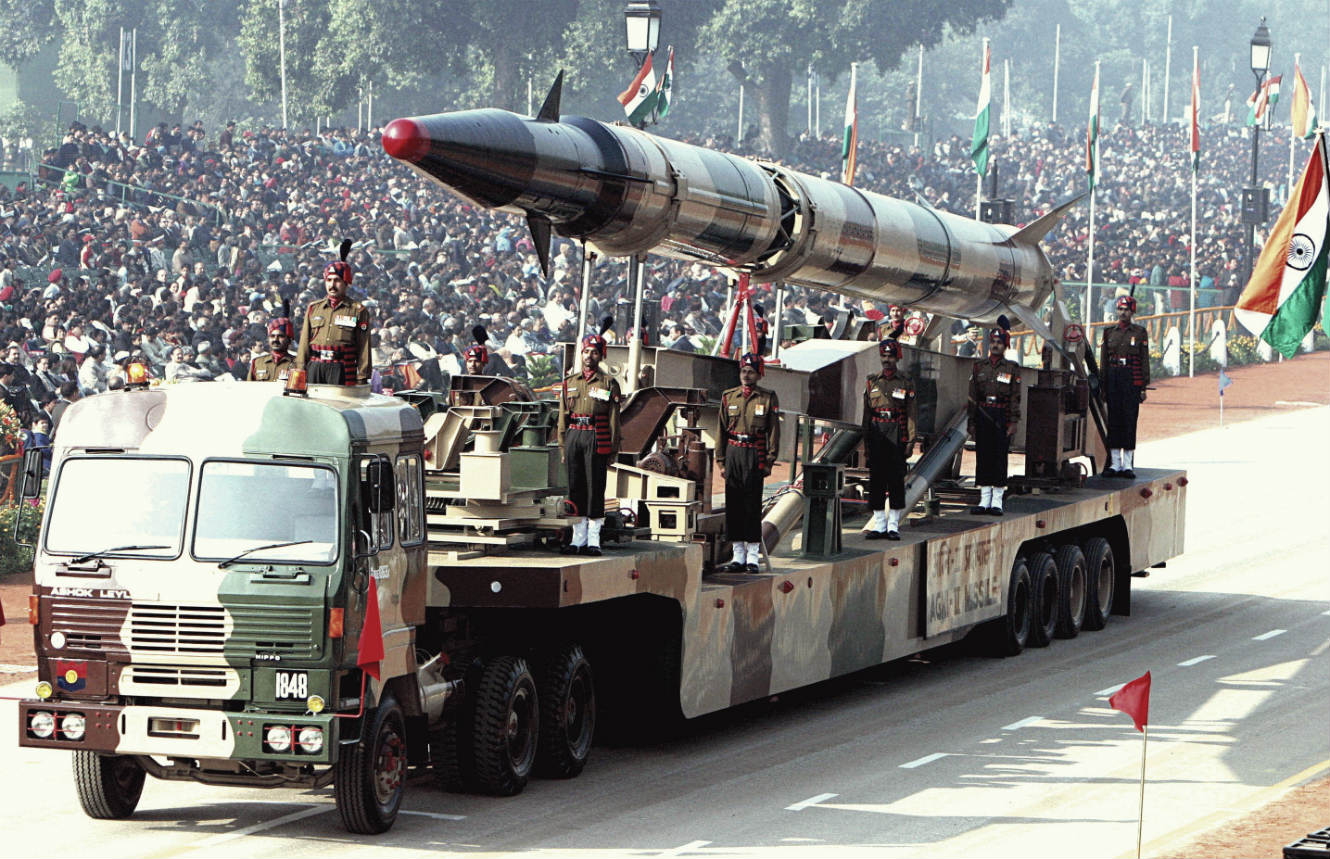
by Usman Ali Khan 19 August 2022
The pledge to pursue disarmament negotiations in good faith can scarcely be said to have been fulfilled. In this context, Indian External Affairs Minister S Jaishankar moved the Weapons of Mass Destruction Bill in Rajya Sabha on 18th July 2022. The bill seeks to ban funding of weapons of mass destruction and also empower the centre to freeze, seize or attach financial assets and economic resources of people engaged in such activities – a feeble proposition. Speaking on the bill, External Affairs Minister S Jaishankar said the Act prohibits unlawful activities in respect of biological, chemical and nuclear weapons and their delivery systems.
But, if we look in to the pages of history, India’s own history exceedingly make it clear that their decision to acquire nuclear weapons was a strategic blunder and it acquired nuclear weapons in a blatant defiance to international non-proliferation norms and protocols. One can easily assess that the key to making sense of the utility of nuclear weapons in South Asia was due to Indian moves that forced other countries to follow the pursuit of acquiring nuclear weapons. India ‘s rhetorical commitment to nuclear disarmament remains a sham call and the world knows it.
A point that ignored is that India went nuclear even when there was no need for it. Zachary Keck rightly argues that India’s nuclear development was a mistake because it has not served the purpose of deterring China, since China only enacts low intensity attacks along its shared border with India. Despite, India’s nuclear program is moving forward steadily, without any hindrance from great powers.
Brig. Naeem Salik in his book, The Genesis of South Asian Nuclear Deterrence: Pakistan’s Perspective, studied how and why India’s nuclear program took start, and concluded that Prime Minister Jawaharlal Nehru and father of the Indian bomb Dr. Homi Bhabha recognized the dual nature of nuclear technology, and believed it could be beneficial for Indian hegemonic aspirations. A case in point is when India conducted the so-called “peaceful nuclear explosion,” in the early 1970s. This was seen then as hard proof that India was yearning to become a nuclear power, given the country’s long feud with neighbouring countries.
While assessing Indian nuclear motivations, the dual questions of nuclear weapons and nuclear energy have been masterfully engineered by India to further its weapons capability. Even with all this help at present and past, Department of Atomic Energy’s (DAE) failures have been stark and many. In the year 1962, Homi Bhabha the father of the Indian nuclear program predicted that by 1987 nuclear energy would constitute 20,000 to 25,000 megawatts (MW) of installed electricity generation capacity but India so far failed in achieving these numbers. His successor, like him, never came close to meeting any of these goals. Dr. M V Ramana explained that this history of failure explains the escalating demands from the DAE and other nuclear advocates used as a bogey to gain access to international nuclear markets.
Nowadays, India is a country that is favoured for Nuclear Suppliers Group (NSG) membership, without signing the Nuclear Non-proliferation Treaty (NPT). India’s own nuclear history highlights the irony of its potential membership into the NSG. For its first nuclear test in 1974, India actually used plutonium from the Canadian-provided CIRUS research reactor intended for energy production. The Indian nuclear test raised fears globally that nuclear technology intended for peaceful purposes could be misused, which soon led to the establishment of the NSG. As various countries reconsider their concerns about India’s NSG membership, this might also set a poor precedent for other countries that refuse to sign, or even violate, the NPT. Additionally, this weakens NPT’s own credibility, adoptability, fairness with expanded membership.
In the aftermath of the recently concluded Indo-Canada nuclear deal, along with nuclear deals with 13 other countries, experts warn that Canadian uranium would invariably intensify the South Asian arms race. Criticizing the argument that Canadian uranium would be used only for civilian purposes and verified by the IAEA, Greg Koblentz of George Mason University asserts that “whatever uranium India produces domestically will now be freed up for a military program.”
It is a fact that India has some blemished and extensive record of developing both nuclear weapons and ballistic missiles under the pretext of peaceful nuclear and space cooperation. The motivation India achieved in the last two decades through exceptional favoritism in South Asia by Western powers ingeniously helped it to vertically proliferate its production capacities in this larger magnitude. The world needs to take a serious notice of Indian proliferation record and its quest to stockpile nuclear weapons, which is not only contrary to the global nuclear non-proliferation regimes but a serious threat to strategic stability in South Asia.
